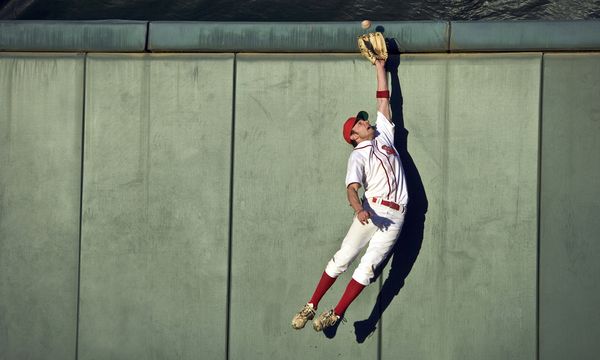In the early days of baseball, all bats were made of wood, usually ash, which meant they performed consistently. If a player blasted a ball farther, you could identify the person's swing technique or physical strength as the underlying cause. Then, in the 1970s, aluminum bats began pinging their way across diamonds and, almost immediately, observers wondered if a batter's metal mattered more than his mettle. Despite the controversy, aluminum bats became a mainstay of amateur baseball as manufacturers, such as Louisville Slugger and Rawlings, introduced full lines of metal and composite bats.
In competition, some of these bats led to wicked hits that caused serious injuries and even death. In 2003, American Legion pitcher Brandon Patch died when a line drive off a metal bat struck him in the temple. Similar tragedies occurred in 2005 and 2006. All of these incidents stirred debate and discussion, but they didn't prove, objectively and quantitatively, whether aluminum bats hit balls harder, farther and faster than wooden bats. Luckily, science has been able to provide some important insights on the topic.
Advertisement
First, let's start with what makes aluminum bats so different in the first place. The biggest difference, besides the metal-vs.-wood thing, is that aluminum bats are hollow, while wooden bats are solid. If you cut an aluminum bat along its length, you would find a thin-walled barrel surrounding a cavity of air. The only solid part is the handle, which is filled with a black, rubberlike material. That means you can make aluminum bats longer without making them unnecessarily heavy. Experts refer to this characteristic as a bat's drop -- its weight in ounces minus its length in inches. Aluminum bats often have drops of -3 (30 ounces minus 33 inches, for example). Wood bats can have drops of -1 or -2 (30 ounces minus 31 or 32 inches).
Another key difference is the location of a bat's center of mass (CM), or balance point. Because an aluminum bat has a hollow barrel and a solid handle, its CM shifts closer to the handle. A wooden bat is solid through and through, so its CM tends to be located much farther down the barrel, closer to the end. The shift of the balance point closer to the handle causes aluminum bats to have a much lower moment of inertia, a term describing the tendency of a body to resist angular acceleration.
As a result of these differences, aluminum bats are much easier to swing when compared to wooden bats of the same length. In fact, increasing the velocity of the bat increases batted ball speed, or BBS, much more than increasing the mass of a bat. According to some research, doubling the weight of a bat increases BBS by about 17 percent. Doubling the swing speed, however, leads to a 35 percent increase in BBS. In fact, for every mile (1.6 kilometers) per hour you add to your swing speed, the ball travels an additional 8 feet (2.4 meters) [source: Coburn].
But that's not the end of the story.
Advertisement



